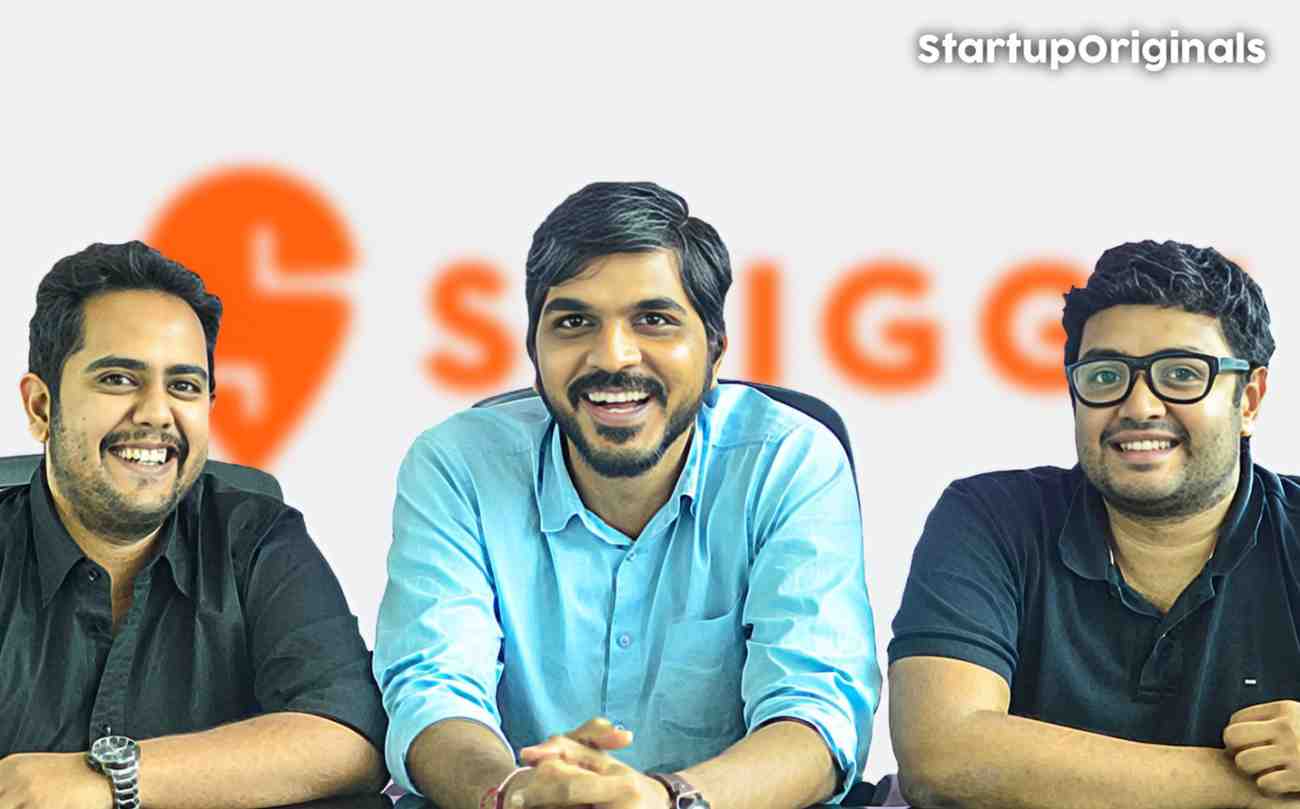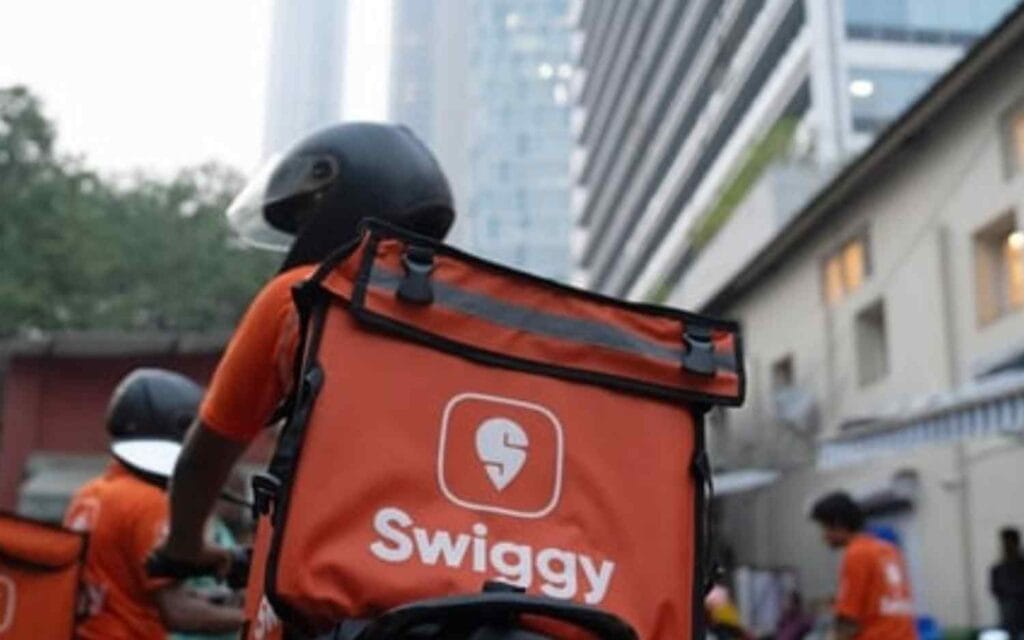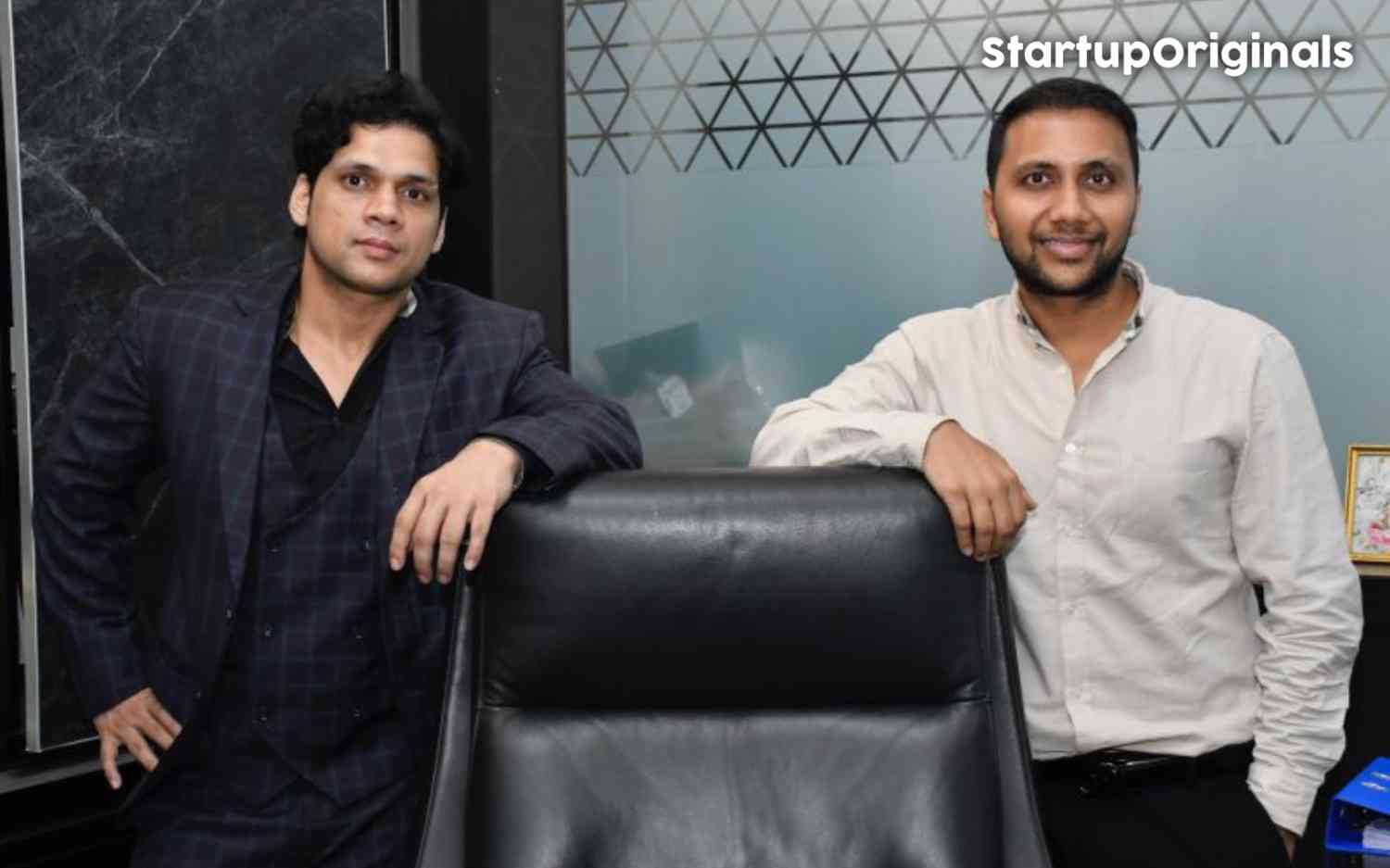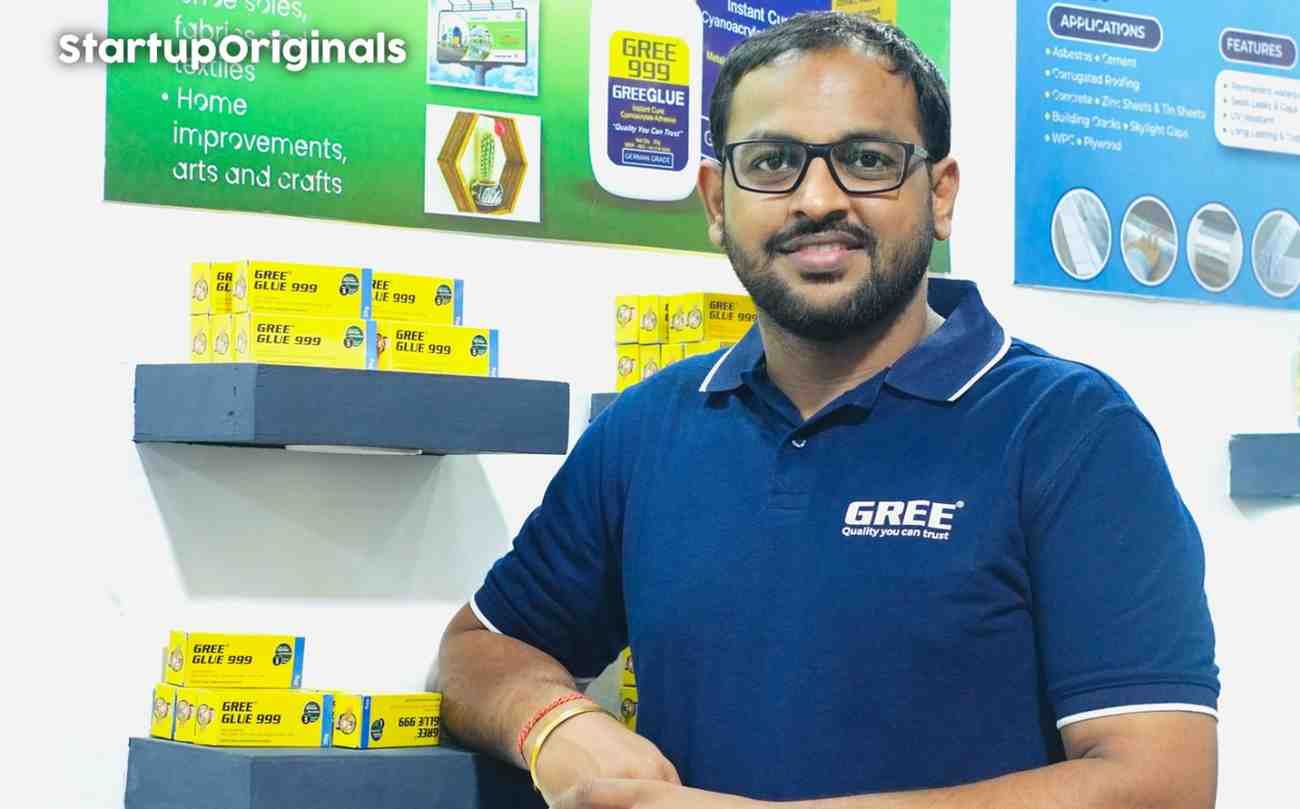
Swiggy’s story is one of vision, agility, and relentless execution-a journey from a backroom logistics pivot to becoming India’s largest food and grocery delivery platform. Founded in 2014, Swiggy has transformed how Indians dine and shop, inspiring countless entrepreneurs and reshaping the country’s foodtech landscape.
The Early Days: From Bundl to Foodtech Pioneer

Sriharsha Majety and Nandan Reddy, both BITS Pilani graduates, originally launched Bundl in 2013, aiming to solve logistics for India’s small businesses. Although Bundl didn’t scale, the experience gave them crucial insights into urban logistics. Realizing a far greater opportunity existed in food delivery, they looked to fix India’s fragmented food ordering experience.
Rahul Jaimini, an IIT Kharagpur graduate and coding whiz, soon joined the founding team. The trio decided to build Swiggy, launching operations in August 2014 from Bengaluru’s Koramangala with just six delivery executives and 20–25 partner restaurants. They focused early on owning the entire delivery process-unusual at a time when rivals mostly acted as mere restaurant listing platforms.
Rapid Growth and Funding Milestones:

Swiggy caught investor attention quickly by:
- Prioritizing customer experience with 30–45 minute delivery promises
- Building a proprietary logistics and delivery platform
Initial funding came in 2015: $2million from Accel and SAIF Partners, followed by a $15million round a year later from new backers like Bessemer and Norwest. By 2017, global VC Naspers (now Prosus) led an $80million round. Swiggy would eventually secure more than $3.6billion from top-tier investors, including Naspers, SoftBank, Accel, Norwest, Tencent, and DST Global. In 2021, it raised $1.25billion at a $5.5billion valuation-skyrocketing to $11–15billion by 2024.
Innovation and Business Model:
Swiggy’s business stands on a three-sided marketplace:
- Consumers: Easy-to-use app, real-time order tracking, and diverse cuisine choices
- Restaurants: Increased order volumes and cloud kitchen infrastructure
- Delivery Partners: Earning opportunities via a flexible platform
Revenue comes from:
- Commissions (15–25%) charged to restaurants per order
- Delivery and convenience fees from customers
- In-app advertising for partner restaurants
- Swiggy One subscriptions offering free deliveries and perks
- Rapid commerce arms like Instamart (groceries) and Genie (errand runs)
The company pioneered cloud kitchens (Swiggy Access), built Swiggy Instamart for groceries, and introduced predictive logistics powered by AI. It now boasts more than 400,000 delivery partners, operates in 600+ cities, and partners with over 270,000 restaurants.
Big Bets and Acquisitions:
To accelerate expansion and diversify, Swiggy has made significant acquisitions:
- Scootsy Logistics: High-end delivery, now merged into Swiggy Instamart
- SuprDaily: Milk and grocery delivery, rebranded to InsanelyGood
- Dineout: Table reservations platform, acquired for $120million
- LYNK Logistics: Retail distribution to strengthen supply chain
- Plus strategic investments in cloud kitchens and other on-demand services
Financial Performance and Scale:
As of 2024:
- Swiggy’s annual revenue topped $1.3billion, up 36% year-on-year. Its Instamart segment generated ₹3,221.4crore in FY23 alone.
- The company maintains about 45% market share in food delivery, with monthly active user numbers above 24million and millions of orders handled daily.
- Despite massive growth, Swiggy continues to invest heavily in marketing and logistics, leading to ongoing (though narrowing) operating losses.
The Path to IPO and Beyond:

Swiggy filed for an IPO in 2024, eyeing a valuation in the $11–12.5billion range. Its expansion into groceries, cloud kitchens, and logistics-plus advanced AI adoption-signal its ambition to become India’s all-purpose convenience super-app.
The founders’ journey, marked by constant reinvention and absolute customer focus, stands as a testament to Indian entrepreneurial grit. Swiggy’s story shows how thoughtfully applied technology, operational zeal, and big risk-taking can reshape entire industries.




